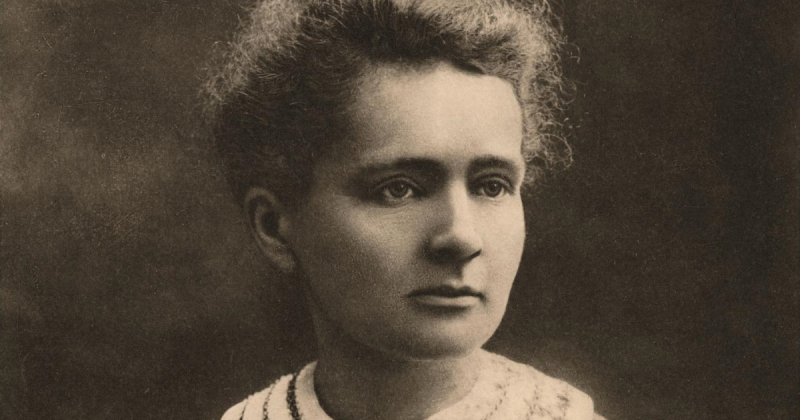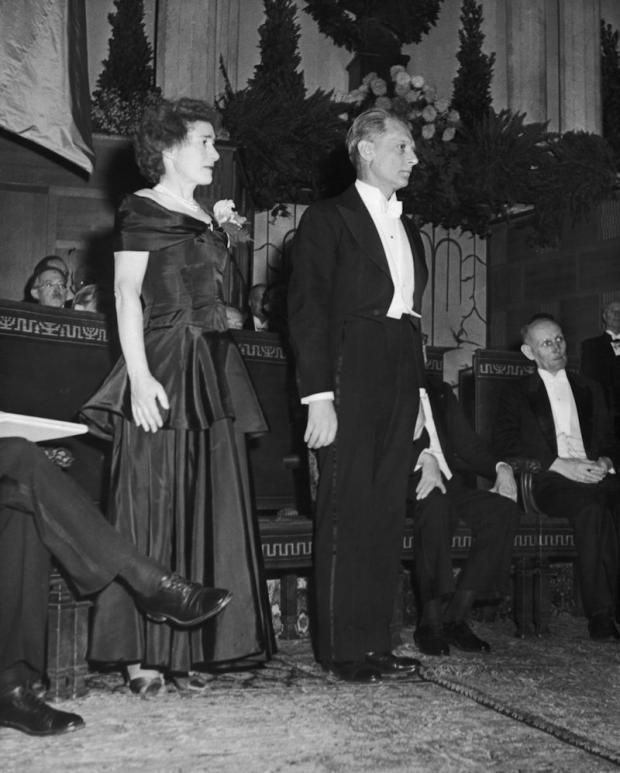Marie Curie is the only person to ever win Nobel Prizes in different sciences
In the sciences of chemistry and physics, Marie Curie was a titan. The first person to receive two Nobel Prizes was her. She is also one of just two individuals to ever receive the Nobel Prize in two distinct fields. Following Henri Becquerel's discovery of a novel phenomenon in 1896 that she subsequently named "radioactivity," Marie made the decision to determine whether the characteristic found in uranium might also be present in other materials. She and Gerhard Carl Schmidt both found out that this was accurate for thorium. Her interest was piqued by pitchblende when she turned her focus to minerals.
The only explanation for pitchblende, a mineral with activity higher than pure uranium, is that very small amounts of an unidentified material with extremely high activity were present in the ore. The effort Marie had begun to address this issue was soon joined by Pierre, and as a result, polonium and radium were discovered. Pierre devoted most of his time to researching the new radiations' physical properties. Marie achieved the complete barium-free isolation of one-tenth of a gram of radium chloride in 1902. The significance of this work was quickly acknowledged by scientists.
Marie, Pierre, and Becquerel each received a share of the Nobel Prize in Physics in 1903. The Nobel Prize was awarded to Marie for the first time in any field. It wasn't until Marie and chemist André-Louis Debierne, one of Pierre's students, extracted pure radium alone in 1910. Pure radium was found to have radioactivity that was more than a million times greater than either uranium or thorium. For isolating pure radium, Marie received the Nobel Prize in Chemistry in 1911.










